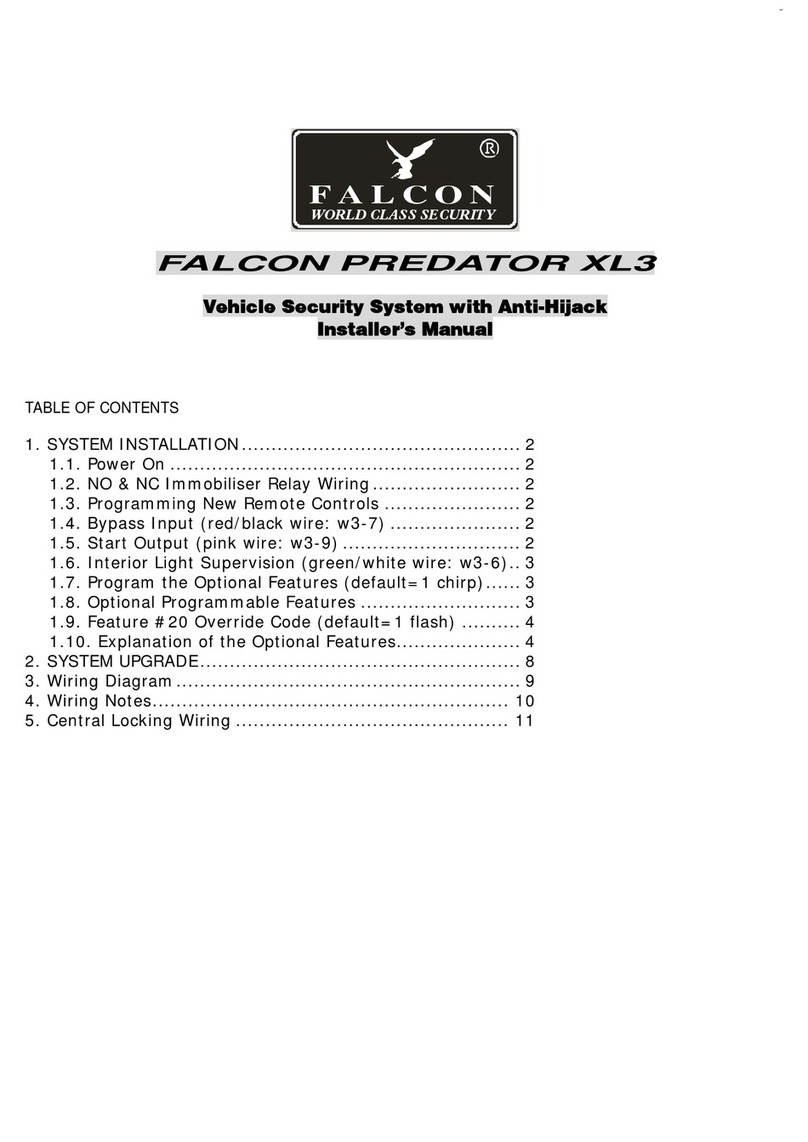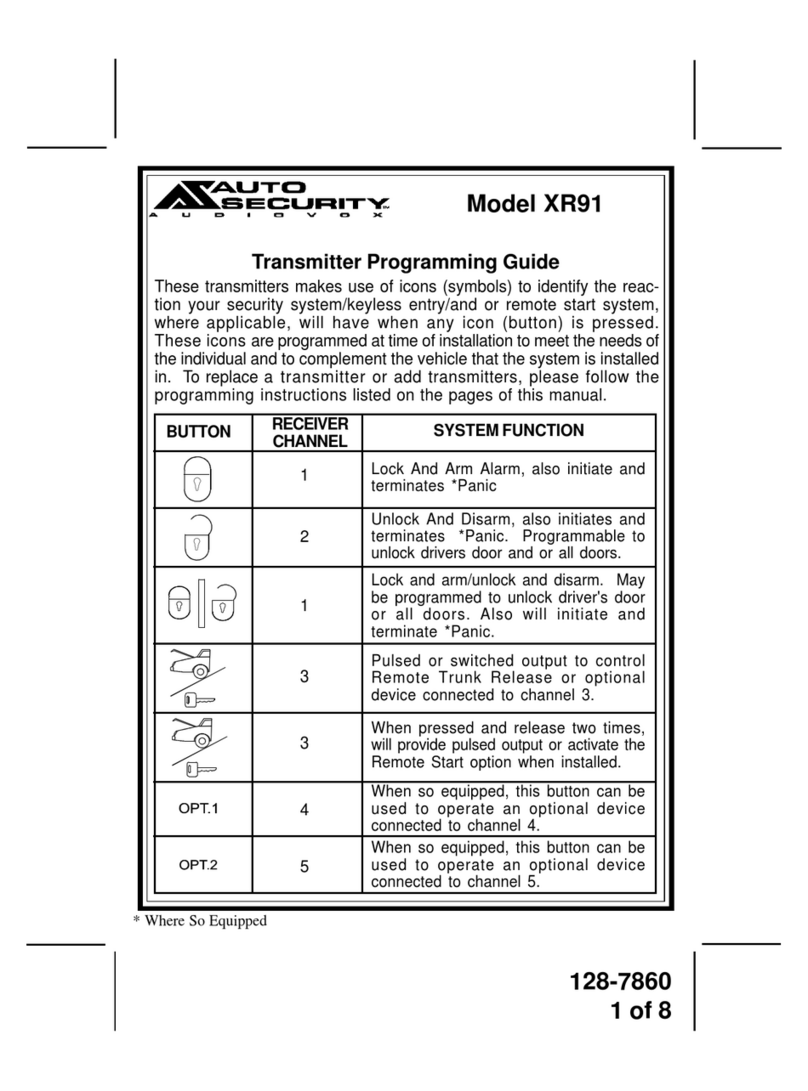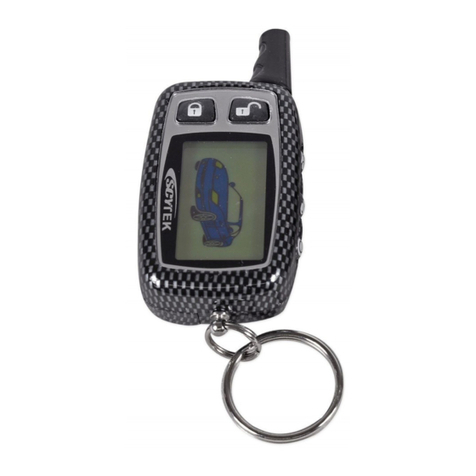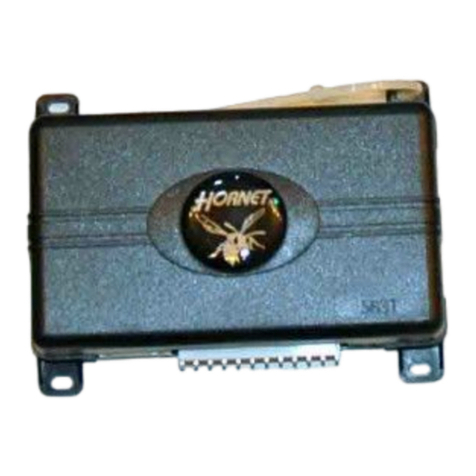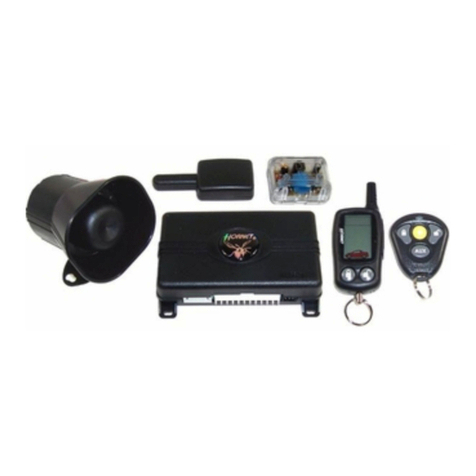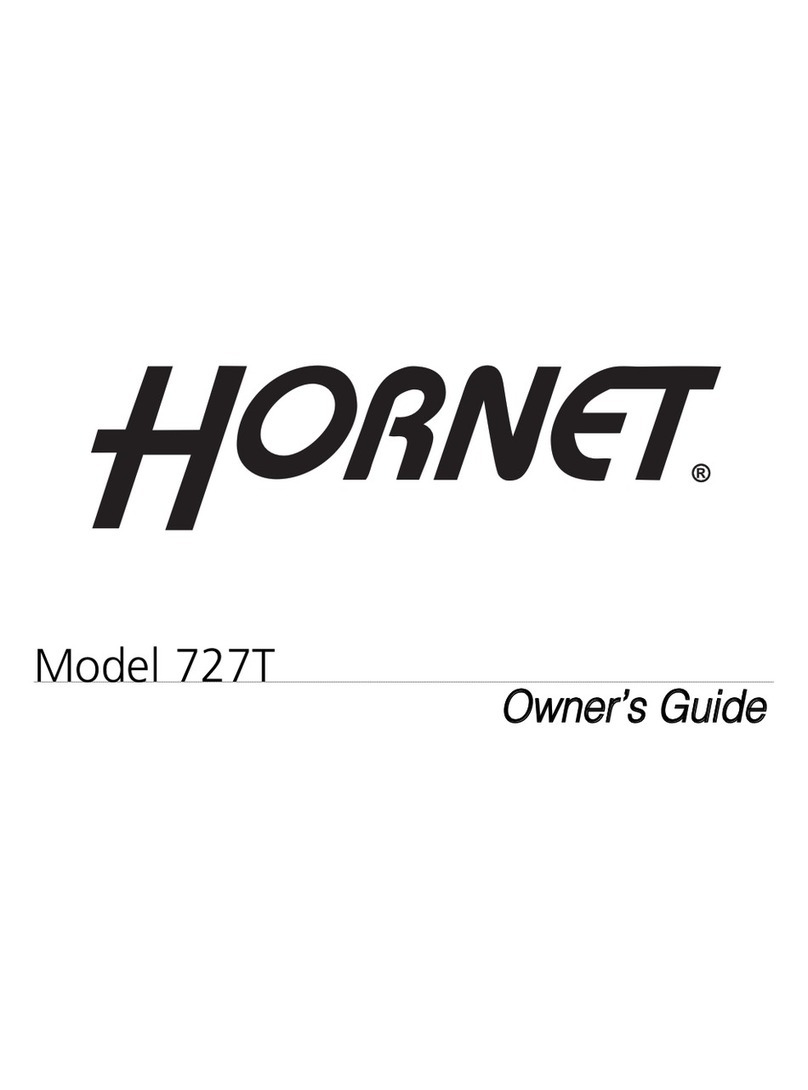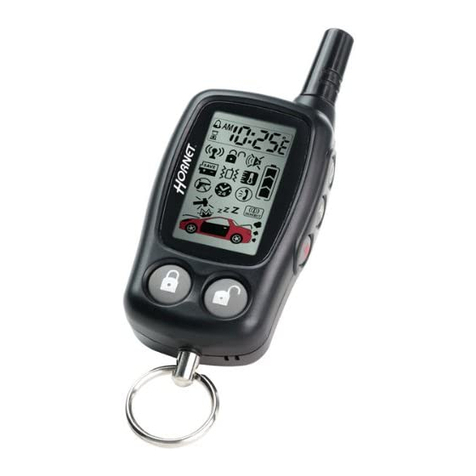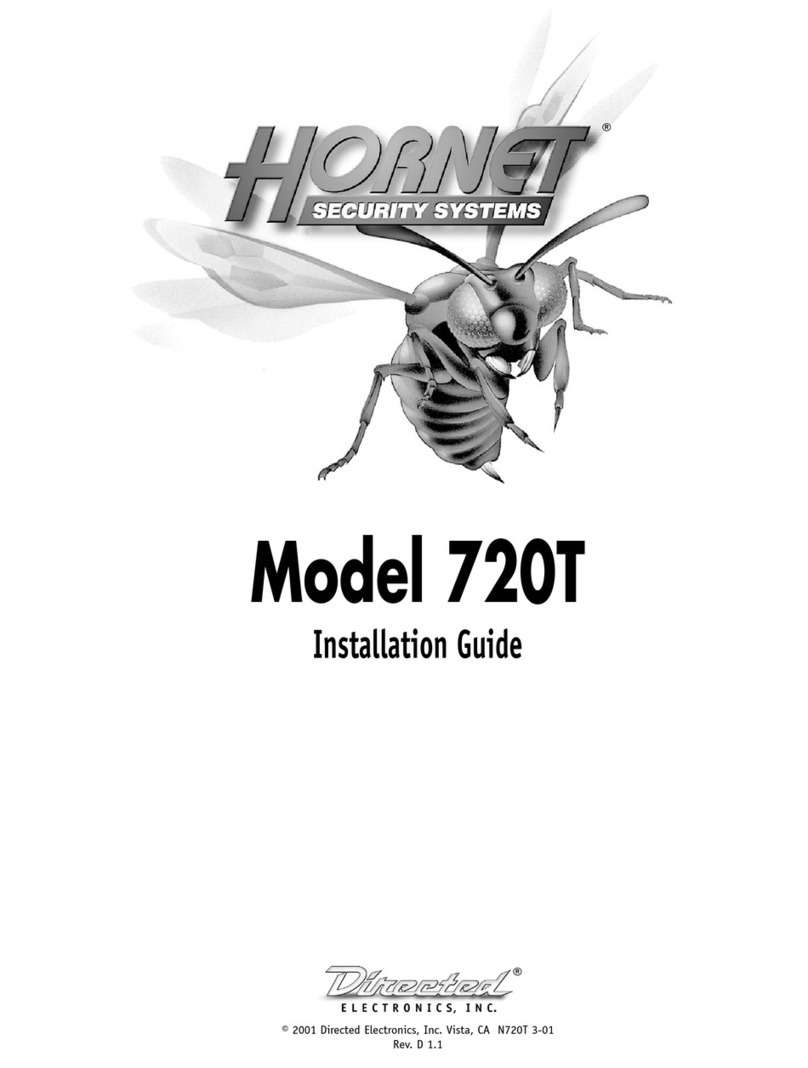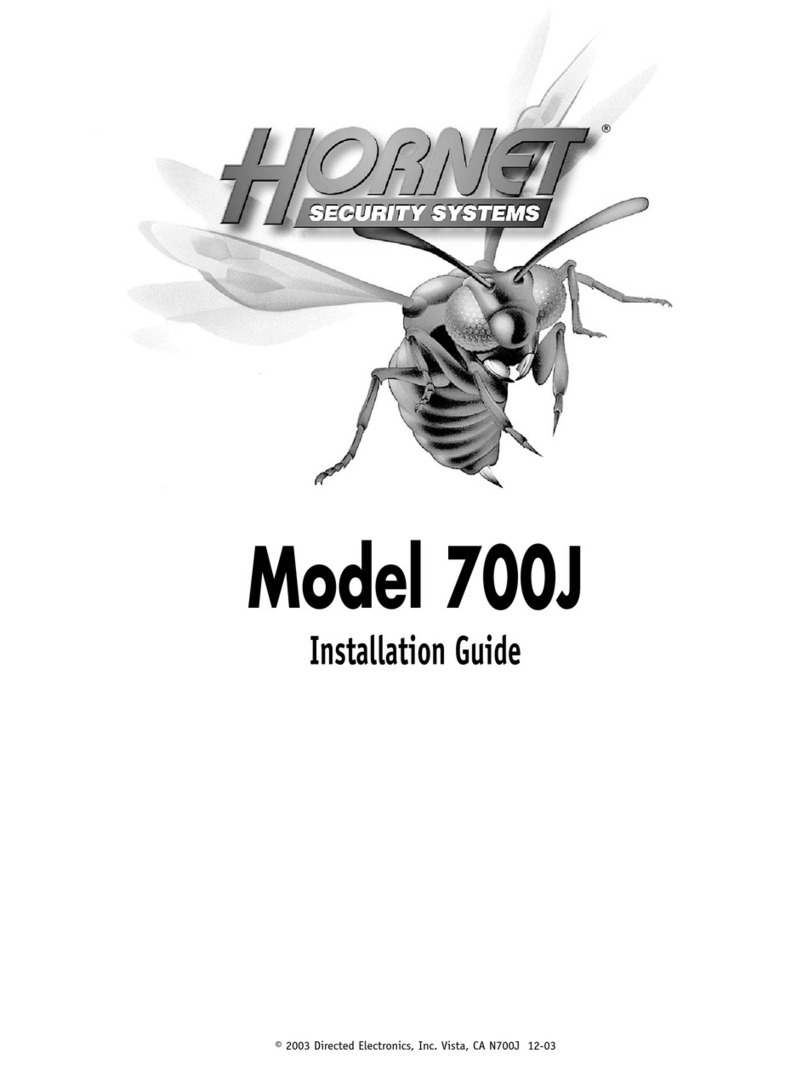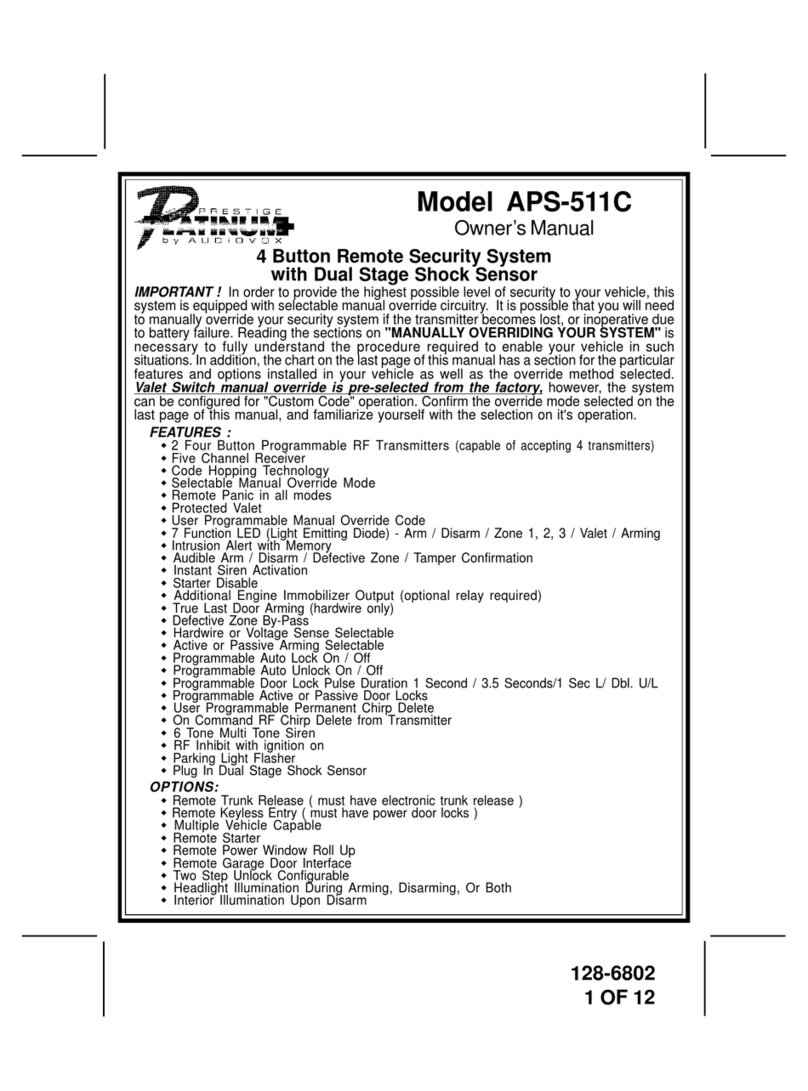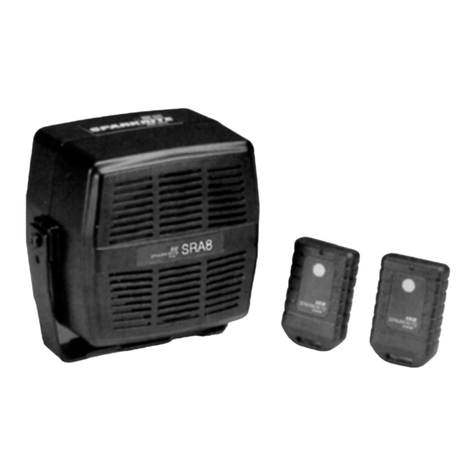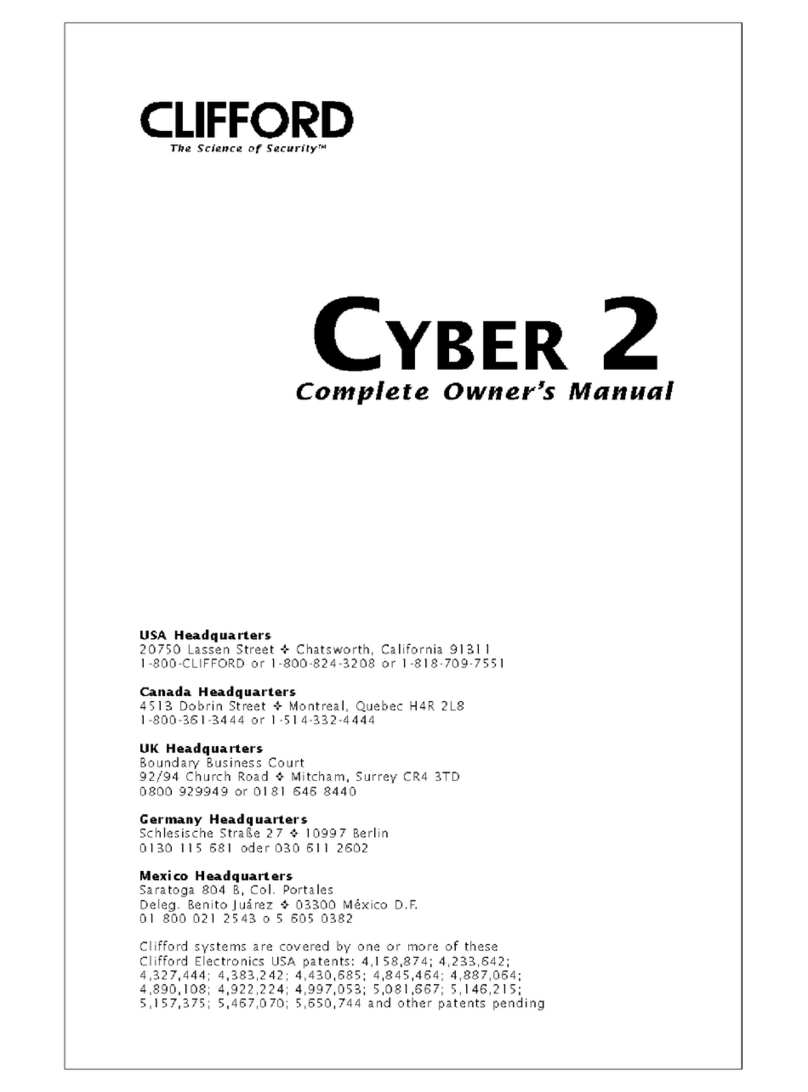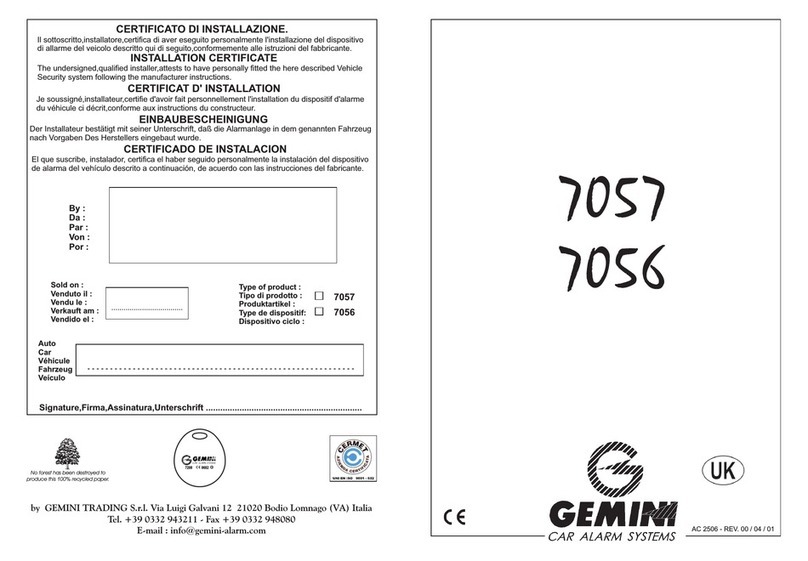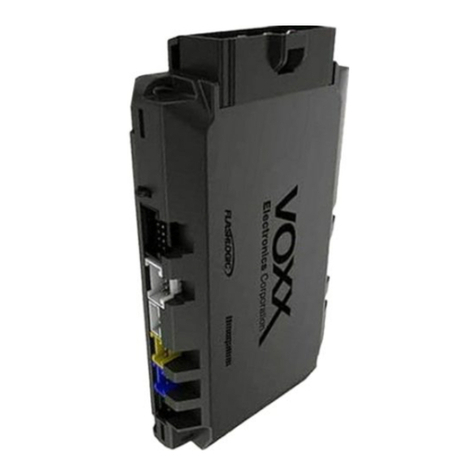2© 2002 Directed Electronics, Inc. Vista, CA
Bitwriter™, Code Hopping™, DEI®, Doubleguard®, ESP™, FailSafe®, Ghost Switch™, Learn
Routine™, Nite-Lite®, Nuisance Prevention Circuitry®, NPC®, Revenger®, Silent Mode™, Soft Chirp®,
Stinger®, Valet®, Vehicle Recovery System®, VRS®, and Warn Away® are all Trademarks or Registered
Trademarks of Directed Electronics, Inc.
table of contents
what is included . . . . . . . . . . . . . . . . . . . . . 3
installation points to remember . . . . . . . . . . 4
deciding on component locations . . . . . . . . . 4
locations for the siren . . . . . . . . . . . . . . . . 4
locations for the control module . . . . . . . . . 5
on-board stinger doubleguard shock sensor . . 6
locations for valet/program switch . . . . . . . . 6
locations for the status LED . . . . . . . . . . . . 6
locations for the optional starter kill relay. . . 7
finding the wires you need . . . . . . . . . . . . . . 7
obtaining constant 12V . . . . . . . . . . . . . . . 7
finding the 12V switched ignition wire . . . . . 8
finding a (+) parking light wire . . . . . . . . . . 8
finding the door pin switch circuit. . . . . . . . 9
finding the starter wire . . . . . . . . . . . . . . 10
making your wiring connections . . . . . . . . . 10
primary harness (H1), 12-pin connector . . . . 11
primary harness wire connection guide . . . . . 12
on-board stinger doubleguard shock sensor . . 16
bypassing sensor inputs . . . . . . . . . . . . . . . 16
harness 2, (-) door lock outputs . . . . . . . . . 17
type A door locks . . . . . . . . . . . . . . . . . . 18
type B door locks . . . . . . . . . . . . . . . . . . 19
type C door locks . . . . . . . . . . . . . . . . . . 20
type D door locks . . . . . . . . . . . . . . . . . . 21
type E door locks . . . . . . . . . . . . . . . . . . 22
type F door locks . . . . . . . . . . . . . . . . . . 23
type G door locks . . . . . . . . . . . . . . . . . . 24
type H door locks . . . . . . . . . . . . . . . . . . 25
transmitter/receiver learn routine™ . . . . . . . 26
two-vehicle operation with single transmitter 27
operating settings learn routine™ . . . . . . . . 28
feature menu . . . . . . . . . . . . . . . . . . . . . . 29
feature descriptions . . . . . . . . . . . . . . . . . 30
nuisance prevention circuitry (NPC™) . . . . . . 31
valet mode . . . . . . . . . . . . . . . . . . . . . . . . 32
table of zones . . . . . . . . . . . . . . . . . . . . . . 32
troubleshooting . . . . . . . . . . . . . . . . . . . . 33

